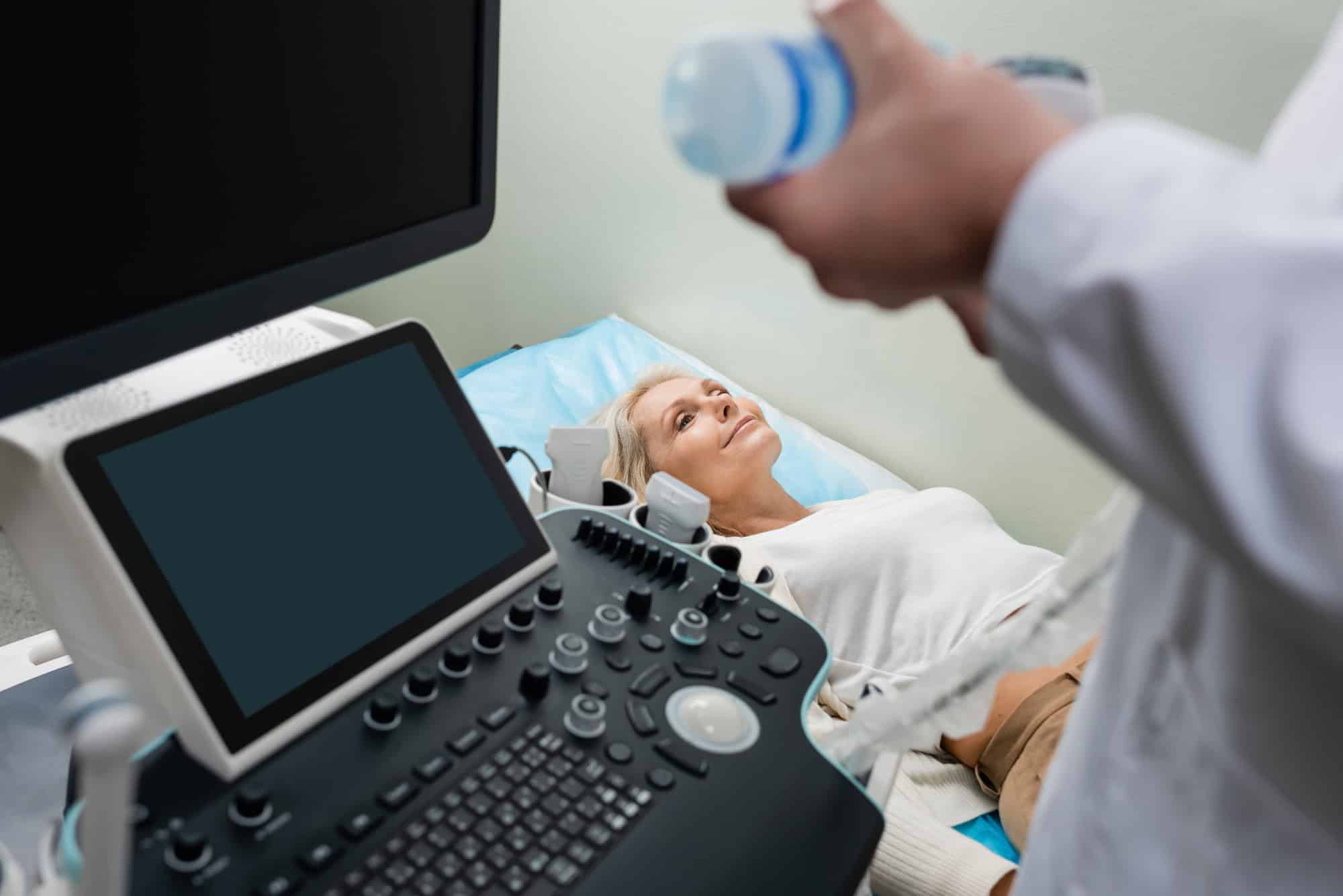Mammograms are a critical tool in the early detection of breast cancer, potentially saving lives through early intervention. However, understanding when to begin regular mammogram screenings can be confusing. Here’s expert advice to guide you through this important health decision.
Understanding Mammograms
A mammogram is an X-ray image of the breast used to detect any abnormalities that may indicate breast cancer. It can identify tumors that are too small to be felt and can help determine whether a lump is benign or malignant.
What is a Mammogram?
A mammogram is a low-dose X-ray exam specifically designed to visualize the breast tissue. During the procedure, the breast is compressed between two plates to spread the tissue out and obtain a clear image. This compression is crucial as it helps to improve the clarity of the images and ensures that the entire breast tissue is examined.
Types of Mammograms
- Screening Mammograms:
- Purpose: To detect breast cancer in women who have no symptoms or signs of the disease.
- Frequency: Typically performed annually or biannually, depending on age and risk factors.
- Diagnostic Mammograms:
- Purpose: To investigate specific symptoms or abnormal findings from a screening mammogram. This might include lumps, pain, or changes in breast shape.
- Frequency: Conducted as needed based on symptoms or irregularities found during a screening.
- 3D Mammograms (Tomosynthesis):
- Purpose: Provides a three-dimensional image of the breast, allowing for a more detailed view and improved detection of small or overlapping tumors.
- Benefits: May offer better accuracy in detecting breast cancer and distinguishing between benign and malignant areas.
How Mammograms Work
- Preparation: During the exam, you’ll be asked to undress from the waist up and wear a hospital gown. You’ll then stand in front the mammography machine.
- Compression: Your breast will be positioned on a flat surface and compressed gently by a plate. This might cause temporary discomfort but is necessary to get a clear image.
- Imaging: The machine takes X-ray images from different angles. The procedure usually takes about 15-20 minutes.
Why Mammograms are Important
- Early Detection: Mammograms can detect abnormalities before they become noticeable or cause symptoms. Early detection is crucial for effective treatment and improving survival rates.
- Detection of Small Tumors: They can identify small tumors or microcalcifications that are often missed during physical examinations.
- Reduction in Mortality: Regular mammograms have been shown to reduce the risk of dying from breast cancer by detecting it early when it is most treatable.
- Peace of Mind: For many, regular screenings provide reassurance and contribute to overall breast health awareness.
Preparing for a Mammogram
- Avoid Deodorants and Lotions: These can interfere with the X-ray images, so it’s recommended to avoid using them on the day of your exam.
- Schedule Appropriately: Plan your appointment after your menstrual period to reduce tenderness and discomfort.
- Inform Your Technologist: If you have any implants, recent surgeries, or if you’re pregnant or breastfeeding, inform the mammography technologist.
Interpreting Results
After the mammogram, a radiologist will review the images and provide a report. You’ll receive your results, which may indicate normal findings or suggest further investigation if any abnormalities are detected.
Understanding the purpose and process of mammograms helps in appreciating their role in maintaining breast health and can alleviate concerns about the procedure. Regular screenings, combined with a proactive approach to breast health, are key components in the fight against breast cancer.
When to Start Screening
General Recommendations:
Ages 40-44: Women should have the option to start annual mammograms at age 40. If you have a family history of breast cancer or other risk factors, discussing earlier screening with your doctor is crucial.
Ages 45-54: The American Cancer Society (ACS) recommends annual mammograms during these years. This is when regular screening becomes more important for detecting any early signs of breast cancer.
Ages 55 and Up: Women aged 55 and older are advised to continue mammograms every two years or annually, depending on personal health and preferences.
High-Risk Individuals:
If you have a family history of breast cancer, genetic mutations (like BRCA1 or BRCA2), or other risk factors, your doctor might suggest starting screenings earlier, sometimes as early as age 30. Regular screenings and possibly additional imaging tests may be recommended based on your specific risk profile.
Personalized Screening Plans
Your individual health history and family background play a significant role in determining when to start mammograms. Discussing your risk factors with a healthcare provider is essential. They can tailor a screening schedule that suits your needs and helps in proactive health management.
Benefits of Early Detection
Early detection through mammograms can lead to a better prognosis. Small tumors are more likely to be treated successfully, and early detection can lead to less aggressive treatments, preserving quality of life.
Conclusion
Mammograms are a vital part of breast health. Starting regular screenings at the recommended age or earlier if you’re at high risk can significantly impact your health outcomes. Consult with your healthcare provider to establish a personalized screening schedule that ensures the best possible protection against breast cancer. Contact us today at Eve’s Breast Center, located at 630 E State Hwy 114, Southlake, TX 76092, to schedule your mammogram and take proactive steps toward your breast health.



